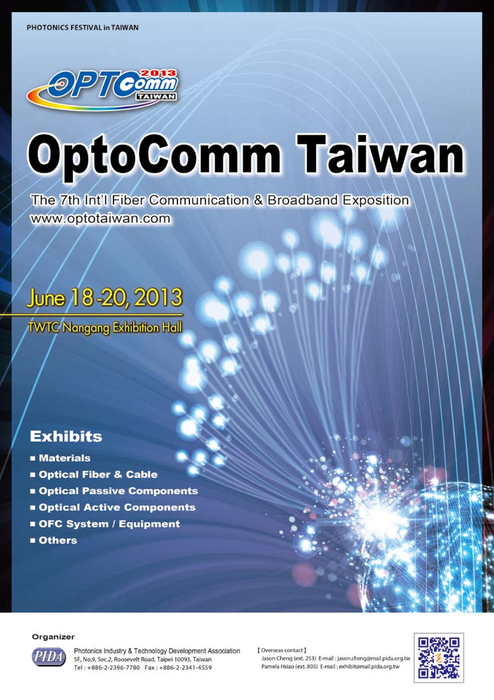Ocean plastic can persist in sea surface waters, eventually accumulating in remote areas of the world’s oceans. Here we characterise and quantify a major ocean plastic accumulation zone formed in subtropical waters between California and Hawaii: The Great Pacific Garbage Patch (GPGP). Our model, calibrated with data from multi-vessel and aircraft surveys, predicted at least 79 (45–129) thousand tonnes of ocean plastic are floating inside an area of 1.6 million km 2; a figure four to sixteen times higher than previously reported. We explain this difference through the use of more robust methods to quantify larger debris.
Spectrum Survey 4 22 Keygen Download For Vegas. 5/30/2017 0 Comments A hedge is an investment position intended to offset potential losses or gains that may be incurred by a companion investment. In simple language, a hedge is used to. Directory List Lowercase 2.3 Small - Free ebook download as Text File (.txt), PDF File (.pdf) or read book. Jan 31, 2019 - Spectrum Survey 4 22 Keygen Sims FreeplaySpectrum Survey 4.22 Serial Numbers. Convert Spectrum Survey 4.22 trail version to full software.
Kamen rider decade episode 32 sub indo homecoming movie. Type: TV Series Episode: 31 Status: Completed Genres: Action Skor: 6.7 (Tahun Rilis: 2009 Subtitle: Indonesia Credit: Wizard Resolusi 720p: Buat Akun Dulu Agar Download LEBIH CEPAT all eps part1: / / / / all eps part2: / / / / all eps part3: / / / / userscloud kumlpulbagi 120 MB 121 MB 122 MB 121 MB 122 MB 122 MB 89 MB 100 MB 120 MB 122 MB 89 MB 99 MB 99 MB 115 MB 113 MB 118 MB 120 MB 120 MB 118 MB 118 MB 118 MB 118 MB 118 MB 120 MB 119 MB 121 MB 121 MB 124 MB 121 MB 123 MB 126 MB ================================================================. Download Anime Kamen Rider Decade 01-31 end Episode Subtitle Indonesia, 720p 480p all eps re upload single link Sub Indo, Kamen Rider Decade 01-31 end Subtitle Indonesia, Kamen Rider Decade 01-31 end Sub Indo.
Over three-quarters of the GPGP mass was carried by debris larger than 5 cm and at least 46% was comprised of fishing nets. Microplastics accounted for 8% of the total mass but 94% of the estimated 1.8 (1.1–3.6) trillion pieces floating in the area. Plastic collected during our study has specific characteristics such as small surface-to-volume ratio, indicating that only certain types of debris have the capacity to persist and accumulate at the surface of the GPGP. Finally, our results suggest that ocean plastic pollution within the GPGP is increasing exponentially and at a faster rate than in surrounding waters. Global annual plastic consumption has now reached over 320 million tonnes with more plastic produced in the last decade than ever before.

A significant amount of the produced material serves an ephemeral purpose and is rapidly converted into waste. A small portion may be recycled or incinerated while the majority will either be discarded into landfill or littered into natural environments, including the world’s oceans. While the introduction of synthetic fibres in fishing and aquaculture gear represented an important technological advance specifically for its persistence in the marine environment, accidental and deliberate gear losses became a major source of ocean plastic pollution.

Lost or discarded fishing nets known as ghostnets are of particular concern as they yield direct negative impacts on the economy,,, and marine habitats worldwide. Around 60% of the plastic produced is less dense than seawater. When introduced into the marine environment, buoyant plastic can be transported by surface currents and winds, recaptured by coastlines,, degraded into smaller pieces by the action of sun, temperature variations, waves and marine life, or lose buoyancy and sink.
Ustanovka kpp zf na mazda 6. A portion of these buoyant plastics however, is transported offshore and enters oceanic gyres. A considerable accumulation zone for buoyant plastic was identified in the eastern part of the North Pacific Subtropical Gyre. This area has been described as ‘a gyre within a gyre’ and commonly referred to as the ‘Great Pacific Garbage Patch’ (GPGP,). The relatively high concentrations of ocean plastic occurring in this region, are mostly attributed to a connection to substantial ocean plastic sources in Asia, through the Kuroshio Extension (KE) current system as well as intensified fishing activity in the Pacific Ocean. Most available data on quantities and characteristics of buoyant ocean plastic are derived from samples collected with small sea surface trawls initially developed to collect neustonic plankton. Due to their small aperture (0.5–1 m width, 0.15–1 m depth) and limited surface area covered, they could underestimate loads of rarer and larger plastic objects such as bottles, buoys and fishing nets. In an attempt to overcome this misrepresentation, a research team combined net tow data with information from vessel-based visual sighting surveys.
They found that while small, millimetre-sized pieces (. Field monitoring effort. Vessel (grey and dark blue lines) and aircraft (light blue lines) tracks and locations where data on buoyant ocean plastic concentrations were collected (circles).
Grey circles ( n = 350) represent areas sampled with a single Manta net tow by 17 participating vessels, between July and September 2015. Dark blue circles ( n = 76) represent areas sampled with paired Manta and paired Mega net tows by RV Ocean Starr, between July and August 2015. Light blue circles ( n = 31) show locations of RGB geo-referenced mosaics collected from a C-130 Hercules aircraft, in October 2016. This map was created using QGIS version 2.18.1 (). Vessels carried out net tows of 0.35–4 hours duration, while navigating at 0.7–6.8 knots. All trawls were designed to move away from the vessel to avoid wake effects on the capture efficiency of the devices. All vessel crews were trained with online material and one-to-one workshops that had been conducted prior to departure.